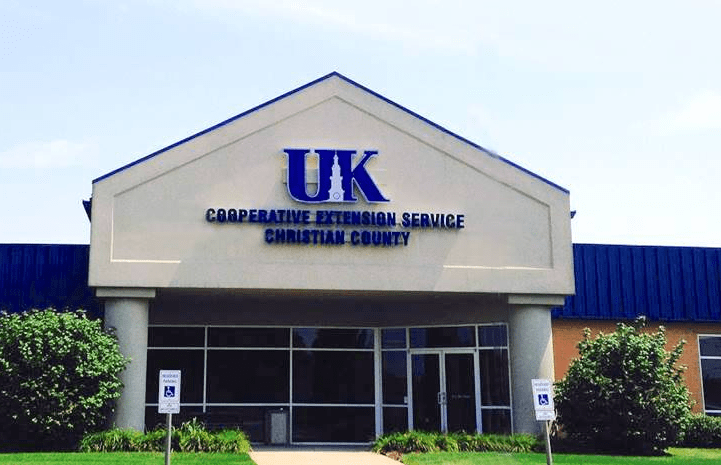I get more questions about having to manage squash bug, a key pest of squash, gourds and pumpkins, than possibly any other insect pest of vegetables. While many of the questions occur in mid-summer when high populations of large nymphs are attacking the plants, control needs to begin early in order to be effective.
These inch-long sucking bugs damage cucurbit plants by removing large amounts of plant sap. With transplants and small plants that have small, restricted root systems, squash bugs can remove sap to the extent that the plants wilt and may even die. Later in the summer on larger plants, squash bugs remove the sap from leaves and stems and can cause leaf yellowing and necrosis. More importantly, squash bugs transmit the bacterium causing yellow vine decline in cucurbits.
Squash bug will become active in the next few weeks. Control for this insect pest relies on frequent crop scouting and treatment of the young nymphs just after egg hatch.
During the coming weeks, squash bug will lay eggs on the undersides of leaves. Upon hatching, squash bug nymphs resemble aphids with black legs. As they get older, they take on a grayish appearance as they develop a waxy coat. Generally, the younger nymphs are more susceptible to sprays than the larger nymphs. In addition, treatments targeting the young nymphs will benefit from better spray coverage as the plant canopy is less dense.
Control needs to begin early in the season when the adults begin to arrive. The reason for this is threefold: (1) their numbers are lower so there are fewer to control; (2) the plants are smaller so it is easier to get complete coverage with sprays, and (3) young nymphs are easier to control than large nymphs. As they transmit the bacterium that causes yellow vine decline, infection of the young plants needs to be avoided.
For more information, contact the Christian County Cooperative Extension Service, 270-886-6328.






